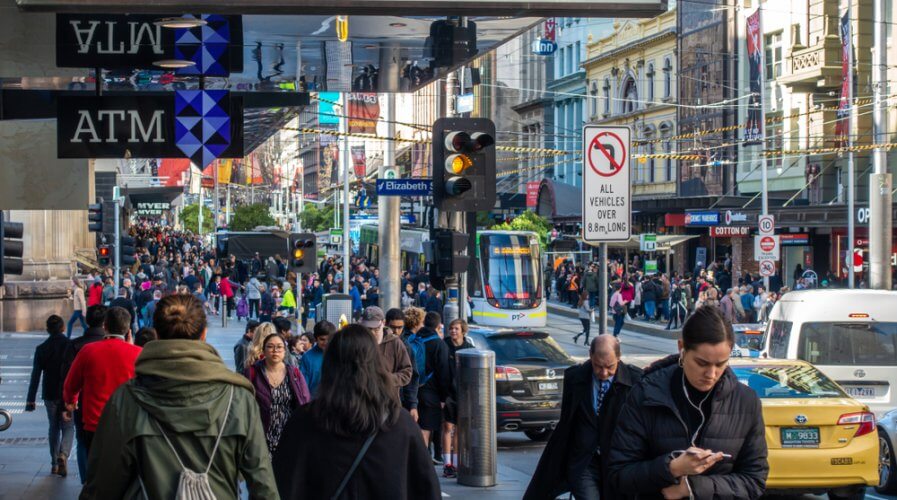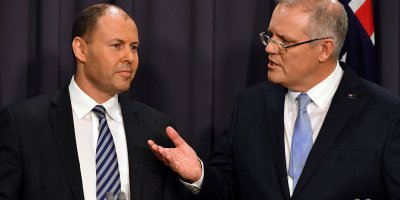
Can Australian businesses really get support for their digital transformation programmes? Source: Shutterstock
Can the new Federal Budget help Australian SMEs go digital?
AUSTRALIAN businesses, especially the small and medium-sized entities, often complain about going digital.
The challenge isn’t that they don’t want to go digital or don’t see the opportunity. The reality is that most SMEs in Australia don’t have the resources to go digital and feel that there’s a serious lack of government support in this regard.
SMEs in Australia were hopeful that the 2019 Federal Budget would provide some incentive to them to help further their digital ambitions.
However, most believe that the government’s announcement is lacking in many respects, and feel that the country’s leaders aren’t focused on helping its businesses accelerate their digital journeys.
On looking closely into the budget, however, many do realize that the government is taking small steps to provide a better ecosystem and some support to help technology flourish in the country.
The biggest and most significant change for small and mid-sized businesses is the increase of the instant asset write-off threshold to AU$30,000 (US$21,300) and expanding access to medium-sized businesses with an annual turnover of less than AU$50 million (US$35.5 million).
According to official figures, more than 350,000 businesses have already taken advantage of the instant asset write-off.
It is estimated that the amendment to the turnover limit will enable around 22,000 additional businesses employing around 1.7 million workers to become eligible to access the instant asset write-off.
The reason this tax break is interesting is because it can significantly lower the tax payable for an organization, allowing it to allocate a larger portion of its funds to upgrade its technological infrastructure.
Further, while the government didn’t make any amendments to the visa program or bring back the 457-category visa that tech-businesses in the country have been lobbying for, it did promise to make life better for migrants already in the country.
The government has earmarked AU$64.2 million (US$45.5 million) for a so-called “social cohesion” measures which help migrants “become established and integrated in their communities” according to local news.
While this might not be immediately beneficial to small businesses looking to further their digital agenda, it might encourage more highly skilled individuals — with technology experience — to move to the country.
Speaking of skills, Australia is planning to ensure that businesses in the future have access to a local pool of talent that has the digital skills organizations need for their projects.
“We are also investing AU$62 million (US$44 million) to boost literacy, numeracy, and digital skills,” said Treasurer of the Commonwealth of Australia Josh Frydenberg.
“The Government will also work closely with industry to train Australians in areas of future high demand, including communications technology, advanced manufacturing, and health services.”
At the end of the day, although no new funds or incentives were directly provided to small and medium businesses to further their digital transformation, it is expected that allocations to various councils and agencies will ultimately result in the creation of support programs for technology adoption.
Major support, for example, has been provided to uplift the cybersecurity protections in the country via various government agencies.
Previously, small businesses have benefitted from such provisions — and future provisions are expected to continue to flow from such budgetary allocations.
READ MORE
- Ethical AI: The renewed importance of safeguarding data and customer privacy in Generative AI applications
- How Japan balances AI-driven opportunities with cybersecurity needs
- Deploying SASE: Benchmarking your approach
- Insurance everywhere all at once: the digital transformation of the APAC insurance industry
- Google parent Alphabet eyes HubSpot: A potential acquisition shaping the future of CRM






